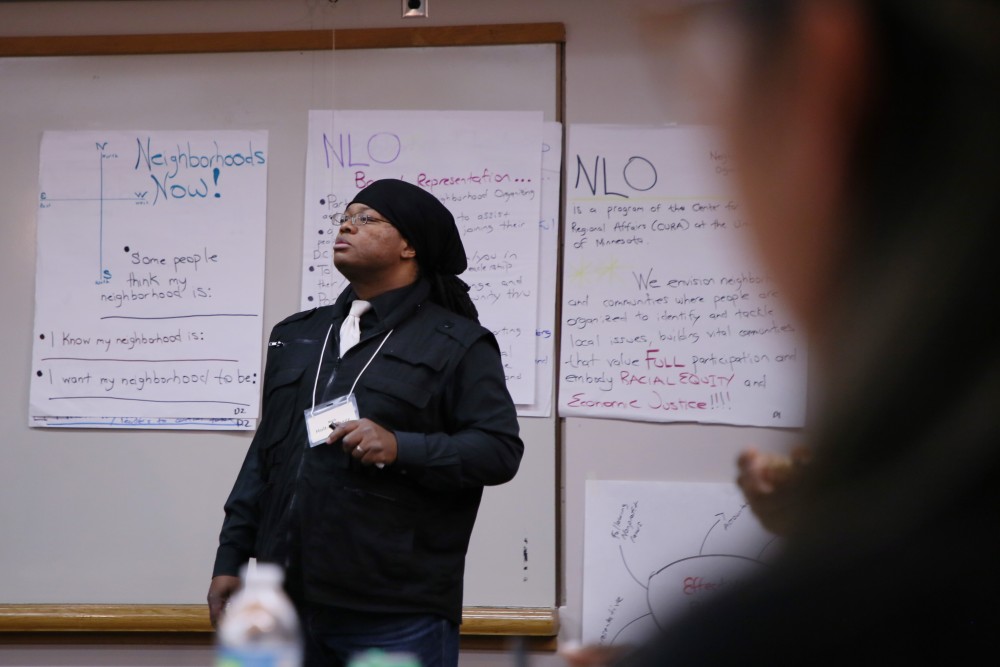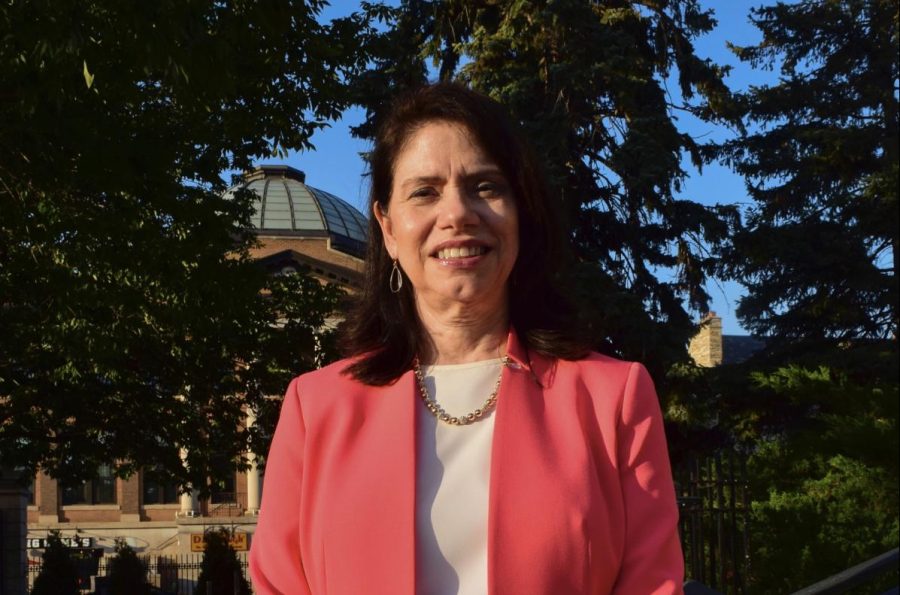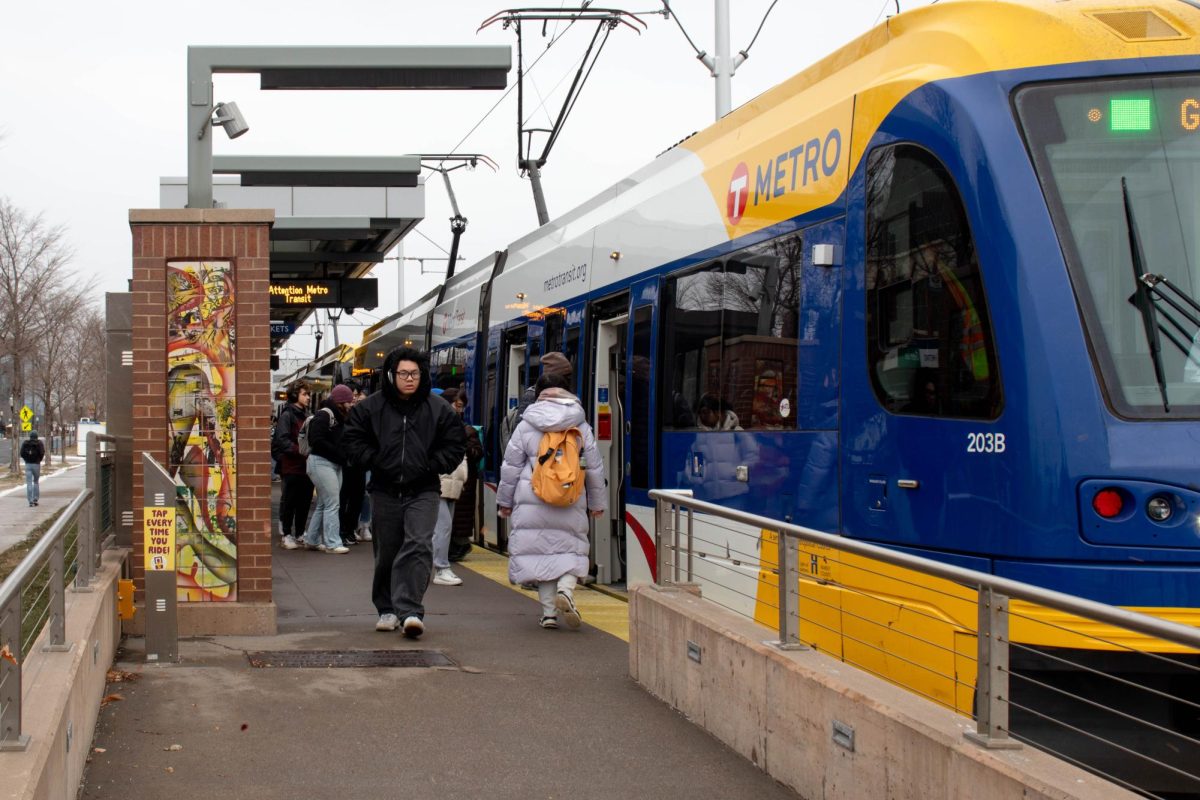While local neighborhood organizations and University of Minnesota programs have put equitable representation into focus, local leaders say there’s still work to be done.
Diverse members of neighborhood associations near the University say they face unique struggles and responsibilities in their roles. They say that in order to better represent their communities, boards should deliberately engage in diverse recruitment.
This call for community engagement was echoed at a training workshop hosted by the University’s Center for Urban and Regional Affairs Thursday. The event was aimed at encouraging indigenous people and people of color to serve on neighborhood boards.
“We need your innovation now, because we’re 20 years behind,” said program coordinator Malik Holt-Shabazz to attendees at the event. “We believe neighborhood associations are the most powerful force in their community.”
Three University-adjacent neighborhood organizations held board elections in recent months, giving some first-time candidates an opportunity to organize in a new way.
University graduate Noël Gordon Jr., who was elected to Prospect Park Association’s board of directors in late September, is a long-time community organizer. Gordon Jr. said PPA represents the general interests of neighborhood well, but the board must do more to address underlying issues like inequality between black and white community members.
“While there’s been progress overall, I think now what we want is equal and equitable progress, and that’s where I [and] others are entering the fray and bringing equity to the conversation,” said Gordon Jr., who identifies as Black Afro-American.
Gordon Jr., who heard about PPA from a friend after a year of living in Prospect Park, said intentional outreach to include communities like students and renters shouldn’t be an afterthought.
“It shouldn’t take a happy accident for someone to feel welcome and included,” said Gordon Jr.
Marcus Mills, chair of the Marcy-Holmes Neighborhood Association’s land use committee, has lived in the neighborhood for 17 years. The neighborhood has dealt with a slew of consequential new developments in recent years, and Mills’ committee is often a developer’s first stop in the community.

Mills said its difficult to represent the perspectives of renters and people of color when his neighbors come from different backgrounds.
“I have been able to make reasonably good friends and relationships, but it is difficult, it is hard,” said Mills, who is a renter and identifies as black. “Because of who I am, what I represent and also the positions I have … are not the standard in the neighborhood which is older, white homeowners.”
For some, leadership in a neighborhood group can be a pathway to public office.
Angela Conley, who became Hennepin County’s first black commissioner this year, said her role in leading the Bryant Neighborhood Association for two and a half years led her to run in District Four.
“My run for county commissioner and ultimately my win in in this race was rooted in grassroots movement in people power … and that came from having the experience of rallying neighbors around issues,” Conley said.
The midterm election cycle was the first time Conley ever ran for public office. She was among several DFL candidates to visit campus and promote early voting in October, and garnered a strong base of support among students.
“For me, personally, understanding that neighborhoods and community, this is where power really lies. We’re the ones who public officials are elected to serve in the first place,” Conley said.














